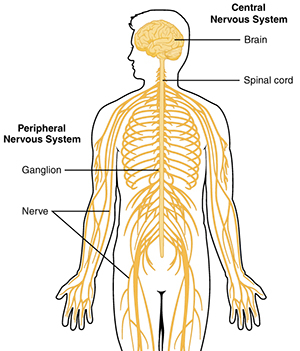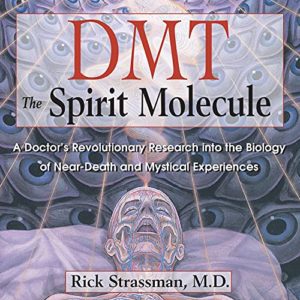
To say that breathing is one of the most important functions of our bodies is an understatement. But what if breathing could do more than just keep us alive? What if breathing could make you healthier and more resistant to disease? There is evidence to suggest that this is true. In order to understand how the breath can positively impact your overall health and well-being, it’s necessary to understand how breathing affects the nervous system. So here’s a crash course:
Breath and the Nervous System
The nervous system allows our bodies to sense what is going on inside and outside of the body and trigger appropriate responses. It has two parts: the central nervous system including the brain and the spinal cord, and the peripheral nervous system (PNS) including the nerves that extend from the brain and spinal cord out to other parts of the body.
The peripheral nervous system also has two parts: the somatic nervous system, which is responsible for voluntary movement as well as the transmission of sensory information back to the brain, and the autonomic nervous system (ANS), which controls the involuntary, automatic functions of the body such as digestion, regulation of hormone levels, heartbeat and breathing. This last is important—we’ll come back to it a bit later.
The ANS can be further broken down into the sympathetic and parasympathetic nervous systems. The parasympathetic nervous system is responsible for the default “rest and digest” mode of our bodies. This is the state we are in when we are free from danger. It is associated with calm, relaxed diaphragmatic breathing and is the optimal mode for digestion, sleep, immune functions, and our bodies’ natural self-healing mechanisms. The more time we spend in this state, generally the happier and healthier we are.
In contrast, the sympathetic nervous system is responsible for the “fight or flight” response. When we get are stressed, have a panic attack, or experience something that threatens our survival, the sympathetic nervous system releases a flood of stress hormones (cortisol and epinephrine). This release of hormones can keep us alive; it causes blood to move from the internal organs out to our limbs powering movement. Epinephrine boosts strength that can help us fight off a predator or run faster than normal. It also decreases inflammation and pain, helping us move.
These two branches of the autonomic nervous system should work in harmony. However, in modern life, we tend to experience low grade survival stressors that keep us in a partial sympathetic nervous system state. Think of how you feel if you are late for an important work meeting, or don’t have enough money to pay your bills. This state of chronic, low-level anxiety is a documented risk factor for high blood pressure, cancer, diabetes, obesity, as well as immune system disorders that make people feel terrible and put them at a higher risk of succumbing to an infectious disease.
So how does this relate to breathing?
The two branches of the autonomic nervous system have a distinct relation to our breathing patterns and posture. As mentioned earlier, the parasympathetic nervous system is associated with calm, deep, diaphragmatic nasal breathing. It is also associated with a relaxed and erect posture. Think of a monk meditating on a mountain or a highly confident, top-level competitive athlete. The sympathetic nervous system is related to high volume mouth breathing where the movement tends to be higher in the chest. Posture also tends to be hunched over with a forward neck, like a stressed out employee hunched over a desk desperately trying to meet a deadline, or someone hyperventilating in a panicked state.
The good news is, the way to combat all the negativity and stress is through breathing. Even though breathing is an involuntary function controlled by the autonomic nervous system, we can consciously control the rate, depth and path of our breath. And if we can control our breathing, we can manually push our bodies into rest and relaxation mode. By adding improved posture to the mix, we can encourage our bodies to stay longer in “rest and digest” mode, which leads to better sleep, stronger immune functions and enhancement of the body’s own ability to heal.
What’s Next?
So, now that we have a basic understanding of the nervous system and how it is related to the breath, what do we do with this knowledge? In the next installment, we will discuss specific modalities to activate the different branches of the autonomic nervous system. Stay tuned…
Graphic By OpenStax–https://cnx.org/contents/FPtK1zmh@8.25:fEI3C8Ot@10/Preface, CC BY 4.0, https://commons.wikimedia.org/w/index.php?curid=30147907



